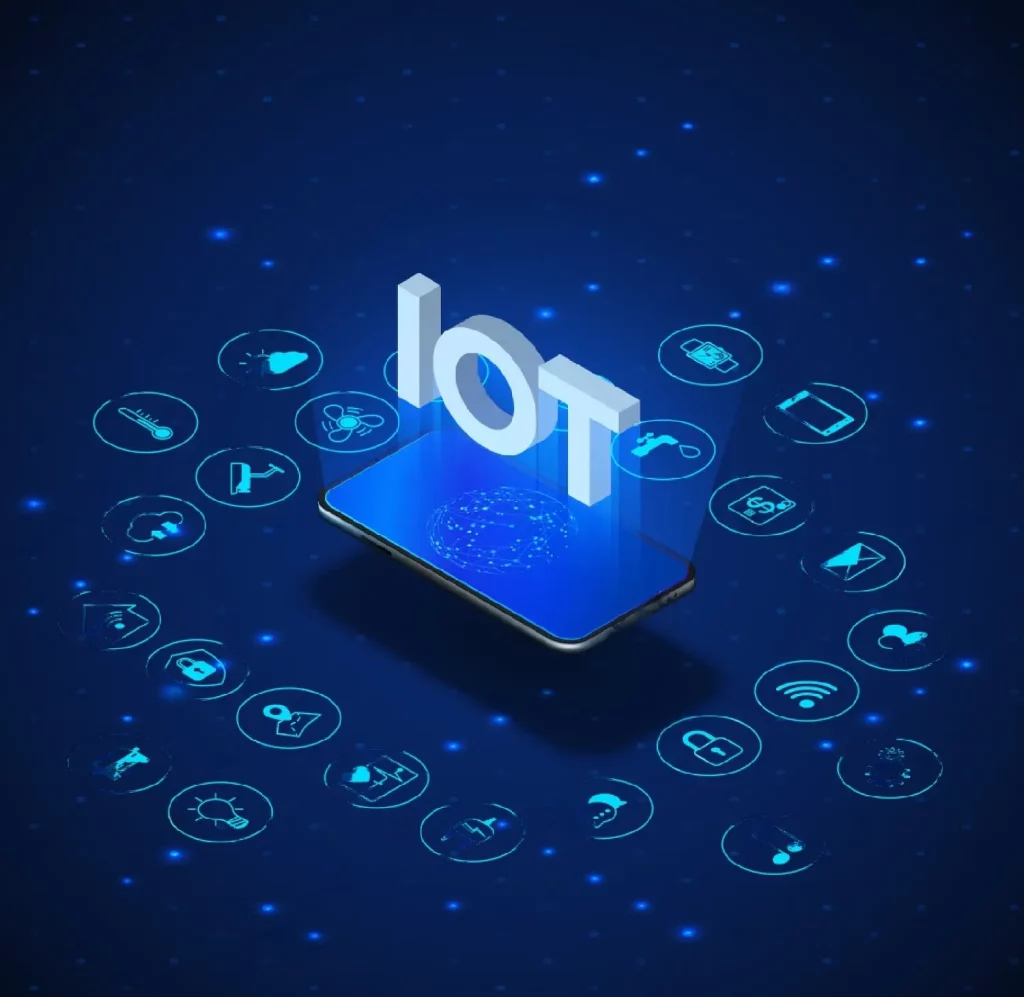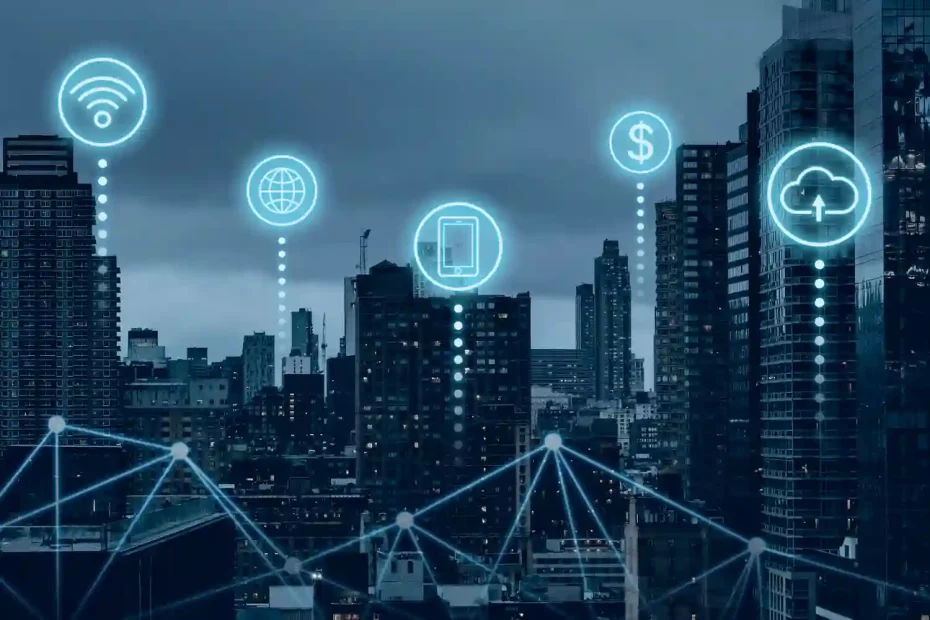What is the Internet of Things (IoT)?
The Internet of Things (IoT) refers to the growing network of physical devices, such as appliances, vehicles, and industrial equipment, that are connected to the internet and can collect and exchange data. These devices are equipped with sensors, software, and other technologies that enable them to gather and transmit data, allowing them to be remotely monitored and controlled.
How does the IoT work?
The IoT works by connecting devices to the internet and enabling them to communicate with each other and with other systems. Devices can be connected to the internet in a number of ways, including through wired or wireless networks, and can transmit data using protocols such as TCP/IP or Bluetooth. Once connected, devices can exchange data with other devices, as well as with servers or cloud-based systems that can store, analyze, and act on the data.
What are some examples of IoT devices?
Some examples of IoT devices include smart thermostats, smart appliances, wearable fitness trackers, connected cars, and industrial equipment. These devices use sensors and other technologies to gather data and can be controlled remotely through a smartphone app or other interface.
What are some benefits of the IoT?
The IoT has the potential to bring a number of benefits, including improved efficiency, increased automation, and better decision-making. For example, IoT devices can be used to optimize energy usage, monitor and control industrial processes, and improve transportation systems. The IoT can also enable new business models and create new opportunities for innovation.

What are some challenges of the IoT?
There are also a number of challenges associated with the IoT, including security concerns, data privacy, and the need for standardization. Ensuring the security and privacy of data transmitted by IoT devices is critical, as is the need to develop standards and protocols to ensure interoperability between different devices and systems.
How is the IoT being used in business?
The IoT is being used in a wide range of business applications, including supply chain management, asset tracking, and predictive maintenance. For example, IoT sensors and devices can be used to monitor the performance and condition of industrial equipment, allowing maintenance to be scheduled before failures occur. The IoT can also be used to track the movement of goods through a supply chain and optimize logistics.
How is the IoT being used in healthcare?
The IoT is also being used in healthcare to improve patient care and reduce costs. For example, IoT devices can be used to remotely monitor patients’ vital signs and alert caregivers to potential problems. IoT devices can also be used to track the movement and usage of medical equipment, allowing for more efficient resource management.
What are some potential risks and drawbacks of the IoT?
One potential risk of the IoT is the potential for cyber attacks or data breaches, as devices connected to the internet are vulnerable to being hacked. There are also concerns around data privacy, as the IoT generates large amounts of data that could potentially be used to track individuals or reveal sensitive information. Additionally, the proliferation of IoT devices could lead to concerns around data overload, as organizations may struggle to manage and make sense of the large amounts of data being generated.
How is the IoT regulated?
The regulation of the IoT is still an evolving area, and different countries have different approaches to regulating IoT devices and the data they generate. In some cases, specific industries or sectors, such as healthcare or finance, may have their own regulatory frameworks for IoT devices. There are also a number of international standards and guidelines that are being developed to address the specific challenges of the IoT, such as security and interoperability.
Is the IoT the same as the Industrial Internet of Things (IIoT)?
The Industrial Internet of Things (IIoT) is a subset of the IoT that refers specifically to the use of IoT technologies in industrial and manufacturing settings. The IIoT involves the use of sensors, devices, and other technologies to monitor and control industrial processes, such as production lines and supply chain management. The IIoT can improve efficiency, reduce costs, and enable new business models in the industrial sector.
What is the future of the IoT?
The IoT is expected to continue to grow and evolve in the coming years, with the number of connected devices expected to reach billions. Some experts predict that the IoT will become increasingly integrated into everyday life, with connected devices becoming more prevalent in areas such as transportation, energy, and agriculture. The IoT is also expected to play a key role in the development of new technologies, such as autonomous vehicles and smart cities.
How can organizations prepare for the IoT?
To prepare for the IoT, organizations should consider the following:
- Identify the specific business goals and challenges that the IoT can address
- Assess the organizational readiness and resources needed to implement IoT solutions
- Develop a roadmap and plan for implementing IoT projects
- Consider security and data privacy concerns and put in place appropriate measures to address them
- Identify potential partners and suppliers and evaluate their capabilities
- Consider the potential impact of the IoT on the organization’s culture and processes.
By taking these steps, organizations can position themselves to take advantage of the opportunities offered by the IoT and be well-prepared to meet the challenges that the technology may present.
